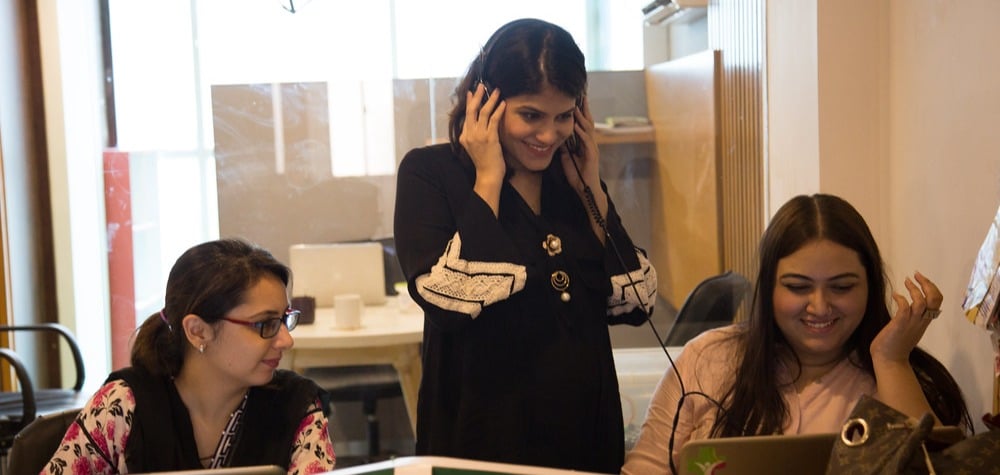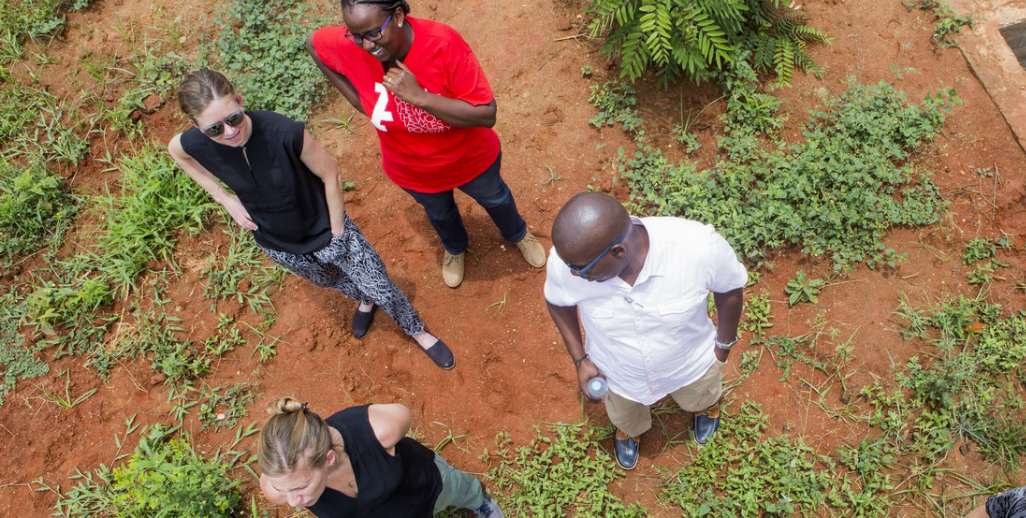Master Innovation
Human-centered design: How to embrace failing fast
5 Ideas to help you embrace failure to reach better solutions
June 20, 2018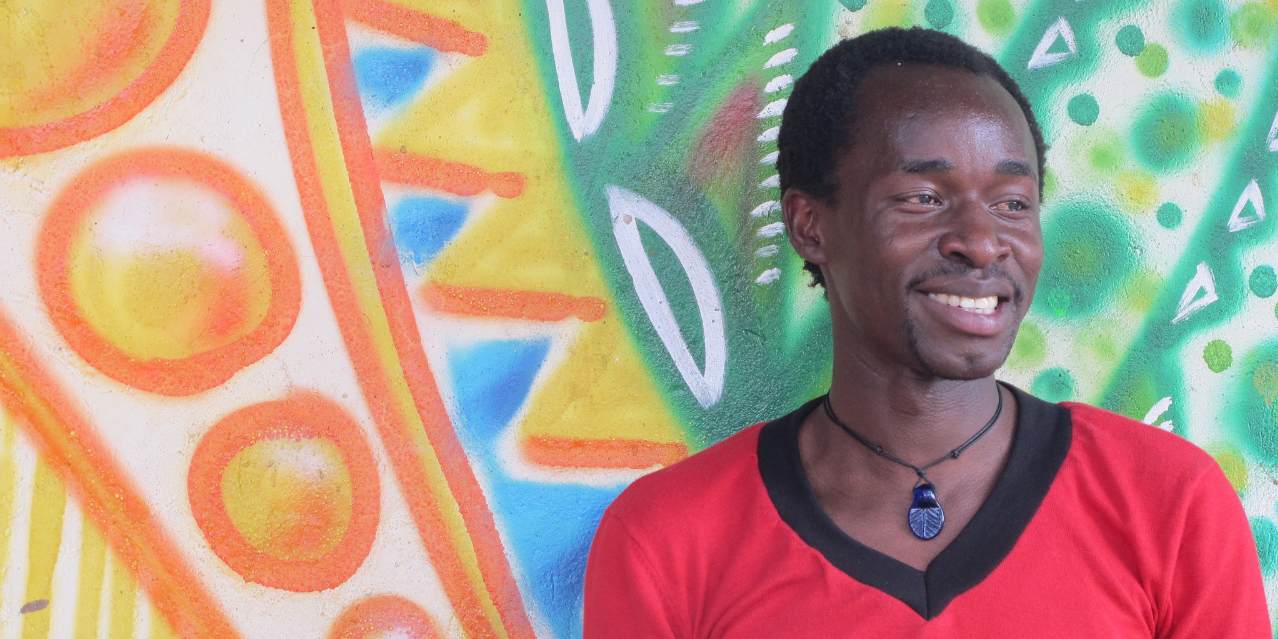
One of the foundational mindsets problem solvers need when practicing design thinking is the ability to learn from failure.
But, in order to learn from failure, first you have to be willing to fail.
When talking failure with First Round Review, Adam Grant, creator of the Acumen Academy Master Class on Developing Original Ideas, shared the idea that “you don't want to celebrate failure, you want to normalize it. Make it a common, expected and accepted part of creativity and innovation.” The job of design thinkers and entrepreneurial change-makers is to reframe what it means to fail from an experience to be avoided into a resource to be taken advantage of.
The sooner you embed a culture of smart failure into your workflows and teams, the faster you will design useful solutions for the people you serve.
Perfection
Distraction
Isolation
Caution
If you’re experiencing these symptoms, you’re not alone. We all adopt these practices to varying degrees along the journey of creating things that matter for the world.
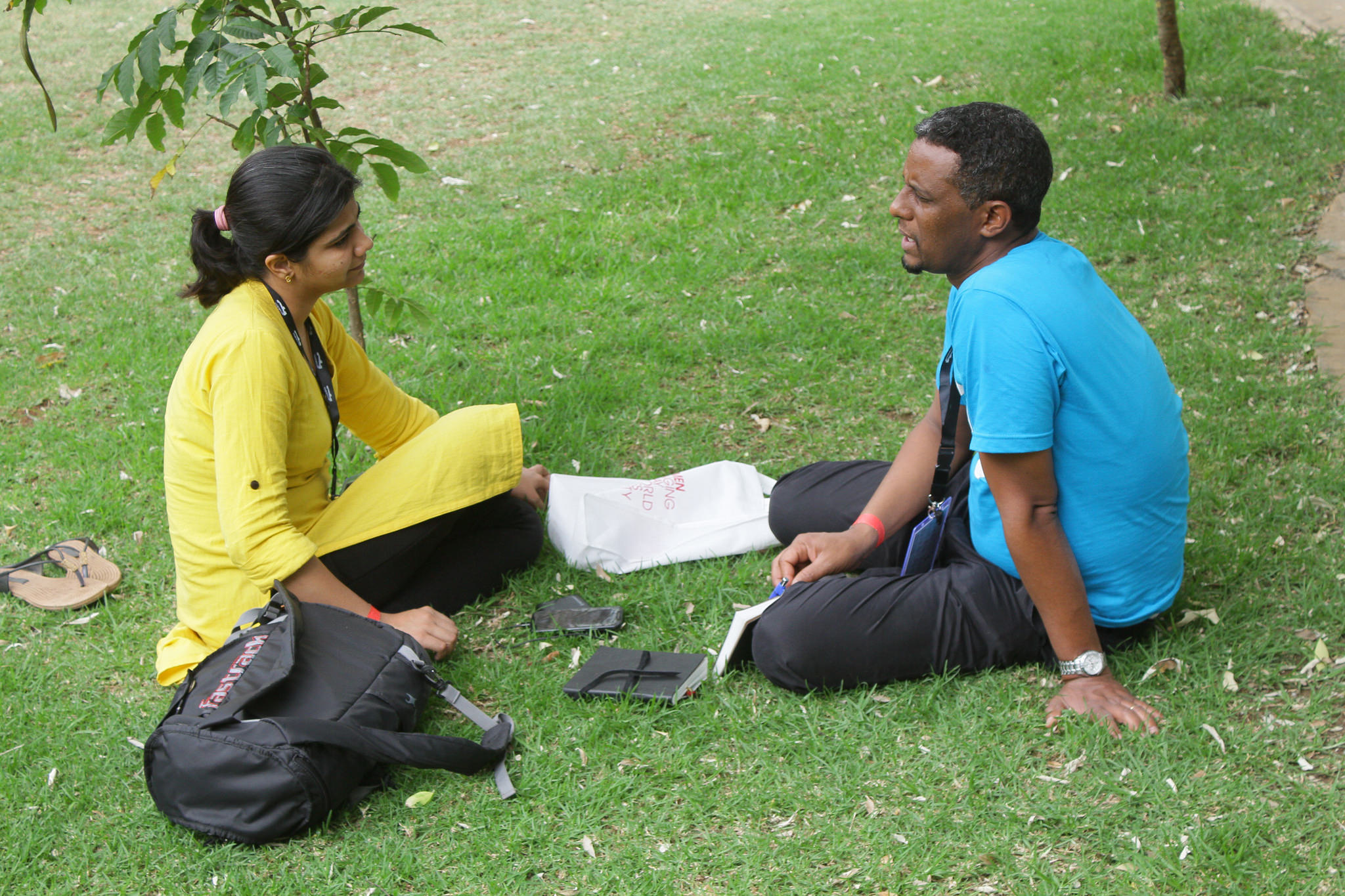
Now that you’re grounded in a dose of reality, step two is to practice embracing failure as a path to success. Here’s how:
1. Expect that failure is inevitable
“Anyone who has never made a mistake, has never tried anything new.”
– Albert Einstein
No one is able to skip the beginner stages of learning and developing proficiency in a new skill. Even in cases where the task at hand is not necessarily new, the context and circumstances around us shift, and what worked before might not work the second, third or one-hundredth time around.
Failing is simply an unavoidable and inevitable part of life. Don’t take it personally.
2. Determining failure and success is not black and white; it's how you interpret it
The lessons we choose to take away from experiences are entirely up to our own interpretation and lens through which we evaluate the circumstances.
As design thinking teaches us, once the outcome of ‘failing’ is reframed as an entirely normal and expected part of incubating new ideas, and improving existing ones, instead of a roadblock it becomes a stepping stone to success.

3. The path of failing is a spiral, not a linear path towards a dead end
“Success is stumbling from failure to failure with no loss of enthusiasm.”
– Winston Churchill
The center may always feel just out of reach, but with every step - and every small failure - you are gaining clarity on the direction you are headed and the specific strategies needed to reach your goal.
Along the spiral you can imagine encountering many small failures that gradually narrow in, leading you closer and closer to your central goal with every step.
4. Failure is wisdom
“Failure doesn’t mean the game is over, it means try again with experience.”
– Len Schlesinger
No method of learning beats personal experience. Without action, all the lessons in the world passed on from those who have ‘been there, done that’ cannot truly prepare us for the challenges that we will face in life. As much as we pass sage wisdom and advice on to each other, the reality is, no learning becomes as fully ingrained as when it is personally experienced.
Learning from a failed experience is one of the surest ways to integrate the exact new knowledge and skills needed to avoid similar downfalls in the future.
5. Failure pushes the limit of possibility
“Failure is an inevitable partner on the road to success and, if you’re not willing to confront failure, you can never know how good you are.”
– Peter Guber
As much as we might be programmed to avoid failure, it’s an incredible way to stretch and grow to the next level.
Until you hit the limit of your current ability and fall down, there’s no way to know how much potential you are leaving untapped.
The breaking point we imagine in our heads is often very different from how it plays out in reality. Embracing failure opens up the possibility to explore the edges of capability and creativity.
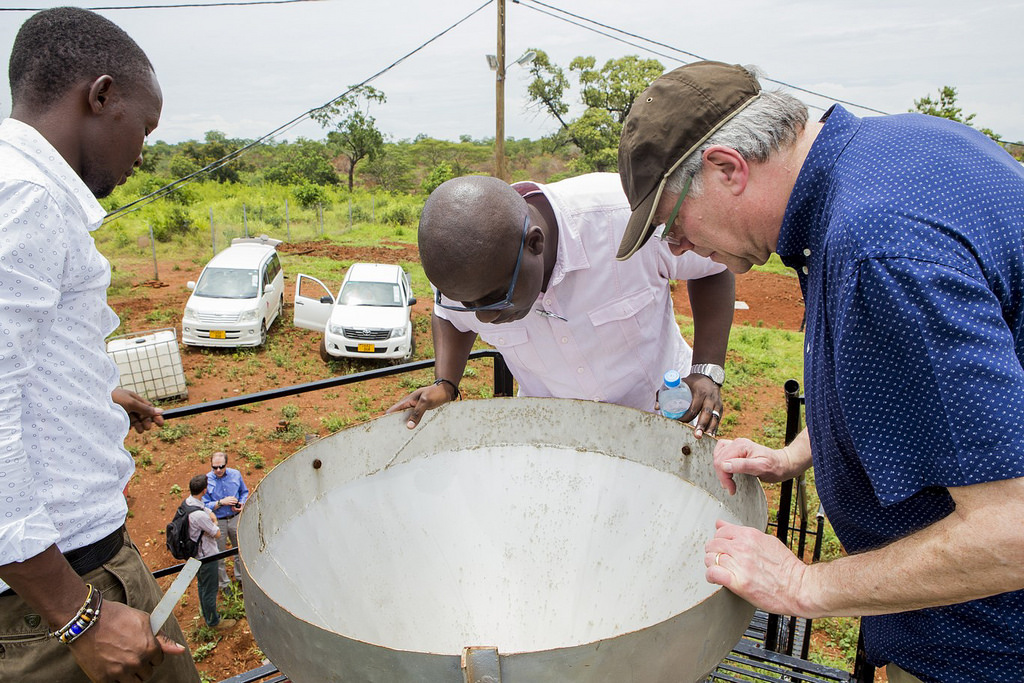
Improvisational theatre shows this idea in action with the principle of “yes, and…”. In the improv world, no matter what one actor says, the others on stage are encouraged to build on the idea with ‘yes, and…’ to avoid the scene from stalling. In this way, everyone on stage is building upon each others’ ideas even when it feels outrageous and over the top. This expectation to push forward in unknown territory leads to unpredictable and sometimes brilliant outcomes that would have otherwise been left undiscovered.

Author
Danielle Sutton
Danielle Sutton is the Content Animator at Acumen where she surfaces stories to inspire and activate social entrepreneurs. In an age of information overload, she believes in learning 'the right thing at the right time' to intentionally design impactful social enterprises. You can usually find Danielle digging into the Acumen course library, playing in the mountains, or exploring marketing on The Sedge blog.
